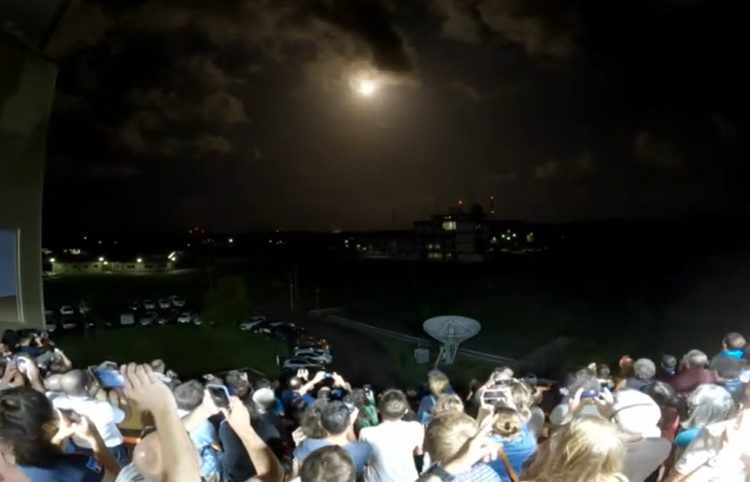While maiden flights of new rockets are known to be risky, with a failure rate of around 40 per cent according to the Seradata SpaceTrak database, second flights are considerably less so. Nevertheless, they still have a failure rate of around 19-20 per cent.
And so it came to pass with the second launch of the Arianespace-operated Vega-C launch vehicle, which suffered a failure despite its successful maiden flight. Lift-off of flight VV22 occurred at 0147 GMT on 21 December from Kourou in French Guiana.
The new P120C solid rocket first stage, which is based on the solid rocket booster of the Ariane 6, worked well and separated successfully. However, about a minute into its ignition, it became apparent that the burn of the new Avio-built Zefiro-40 solid rocket second stage (which replaced the original narrower Vega Zefiro-23) was not going as planned since the vehicle did not achieve its planned velocity or trajectory.
The assembly – including a pair of high-resolution imaging satellites, Pleiades Neo 5 and 6 – reached an altitude of 110 km before falling back. Range safety destroyed the vehicle assembly with the debris falling about 950-1,000 km down range in the Atlantic Ocean.
Airbus built the S950 bus 950 kg satellites and intended to operate them to provide 0.3m resolution imagery to government and commercial clients. The Pleiades-Neo spacecraft were known to be insured and were to be the final pair of a four-satellite fleet.

The crowd watches what was initially a successful launch of the Vega-C carrying on its 2nd flight. Courtesy: Arianespace
Stéphane Israël, Arianespace’s CEO, confirmed that the second stage was the culprit: “After the lift-off and the nominal ignition of P120C, which is the first stage of the Vega, an underpressure has been observed on the Zefiro 40, which is the second stage of the Vega.” It was later revealed that a “progressive decrease” of the Zefiro 40 second stage motor chamber pressure began 7 seconds after ignition. A full investigation into the failure is to take place.
Comment by David Todd: An underpressure event on a solid rocket usually means a breach in the wall or the nozzle of the rocket engine. This failure will put the future of Vega-C in doubt. It was already an expensive rocket to procure. In other words, Arianespace, which operates the rocket, has to trade on Vega-C’s reliability. And it has not shown this yet.
Update on 21 December 2022: The total value insured for the Pleiades Neo pair was €222 million (€200 million main and €22 million for a TesatSpacecom laser communication relay payload) and there may be additional policies covering TLO (Total Loss Only). This value is somewhat less than would be expected for such satellites, which may be due to the fact that Airbus DS was building these satellites for its own use.








